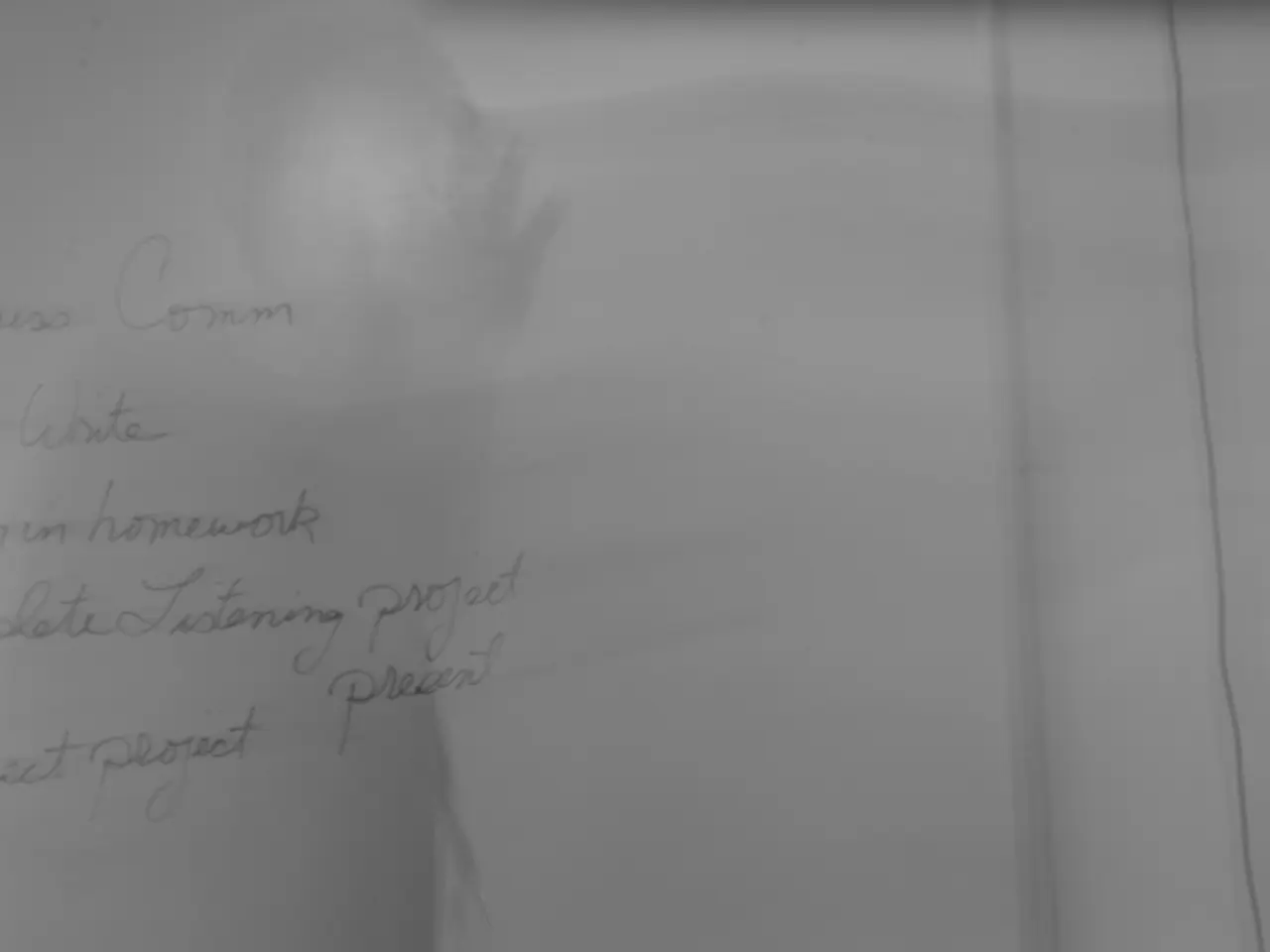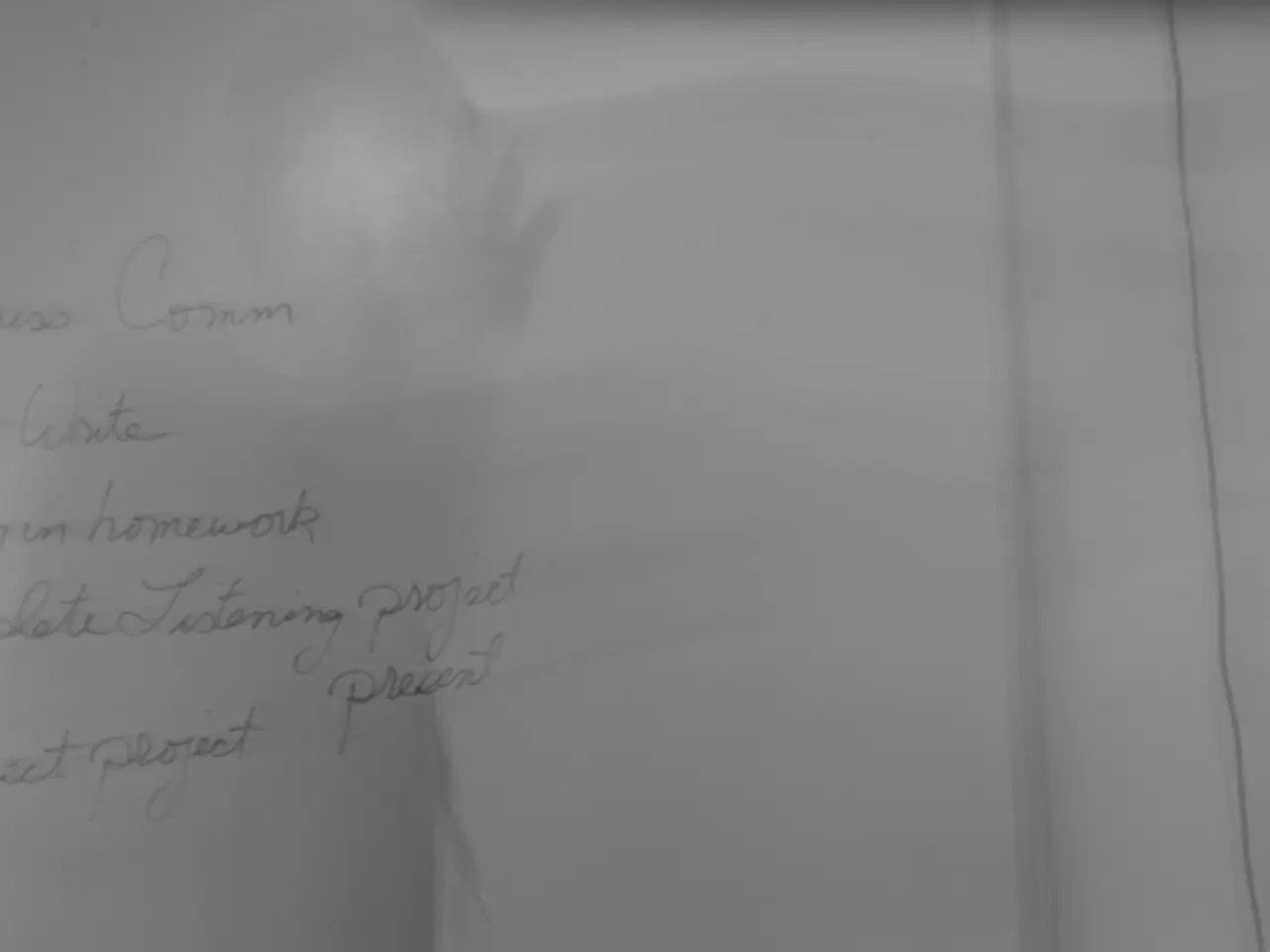United States' Reciprocal Tariffs of 2025: Syria's Export Industry Taking a 41% Blow as America Increases Global Trade Restrictions
The Trump Reciprocal Tariffs 2025 policy, announced on July 31, 2025, marks a significant shift in U.S. trade policy. This policy, underpinned by an executive order, aims to address large U.S. trade deficits and safeguard national security through a modified reciprocal tariff regime.
The policy builds upon an earlier announcement in April 2025, which introduced an additional 10% tariff on imports, with higher tariffs for countries with significant trade deficits. The policy maintains a baseline 10% tariff on imports from all countries but imposes higher tariffs ranging from 15% to 41% on about 69 countries, as detailed in Annex I of the order. These tariffs will take effect on August 7, 2025, with some transitional provisions for goods already en route.
The policy's impact on global trade is substantial. Economists warn of increased risks of global recession, with J.P. Morgan analysts estimating the risk of a global recession rising to 40% partly due to such U.S. trade measures. The administration’s approach also involves targeting foreign taxes like value-added tax and digital service taxes on U.S. firms, potentially leading to substantial reciprocal tariffs.
Furthermore, the policy includes aggressive tariffs on copper components, export controls, and a penalty duty to target transshipment practices. These steps aim to protect key domestic supply chains, especially in strategic materials.
The policy has raised concerns among economists about negative impacts on global trade flows, commodity prices, and the potential for a global economic slowdown. The European Commission is drafting tariff measures targeting U.S. tech and auto exports in response, while the World Trade Organization may struggle to arbitrate this new wave of trade hostility due to ongoing U.S. disengagement.
The new global paradigm seems to be shifting away from unconditional trade liberalization towards reciprocity-first engagement. The Trump Reciprocal Tariffs 2025 policy represents a philosophical shift that demands equal terms or imposes unequal costs. This shift may determine the shape of global trade for the next decade.
Notably, the policy has faced court challenges in Washington D.C., with critics arguing that bypassing Congress and the WTO erodes global trade governance. If these efforts fail, a "Phase Two" round may impose service-sector tariffs, potentially affecting finance, telecom, and digital commerce.
India successfully negotiated out of higher duties under the Trump Reciprocal Tariffs 2025 policy, while Syria, despite having negligible trade volume with the U.S., faces the highest tariff rate of 41%. Talks are underway with Brazil, South Korea, and the EU to respond to the Trump Reciprocal Tariffs 2025 deadline.
The National Association of Manufacturers warns that "tariff escalation will hit SMEs disproportionately hard, especially in agriculture and low-tech manufacturing." Meanwhile, Japan has condemned the Trump Reciprocal Tariffs 2025 directive as "hostile to economic cooperation."
IMF analyst Carla Ruiz has warned of a fractured global economy if others replicate the Trump Reciprocal Tariffs 2025 model. The outcome of this shift may determine the future of global trade for years to come.
The Trump Reciprocal Tariffs 2025 policy, with its focus on equal terms or unequal costs, is causing ripples in the world of business and finance, as it signals a departure from unconditional trade liberalization. The policy's impact on global trade flows, commodity prices, and the potential for a global economic slowdown has raised concern among economists, especially those who fear a fractured global economy if other nations follow suit. The administration's approach, which includes aggressive tariffs on various sectors like copper components and a penalty duty to target transshipment practices, has sparked discussions on policy-and-legislation and politics, with economists, financial analysts, and international organizations weighing in on the matter.




